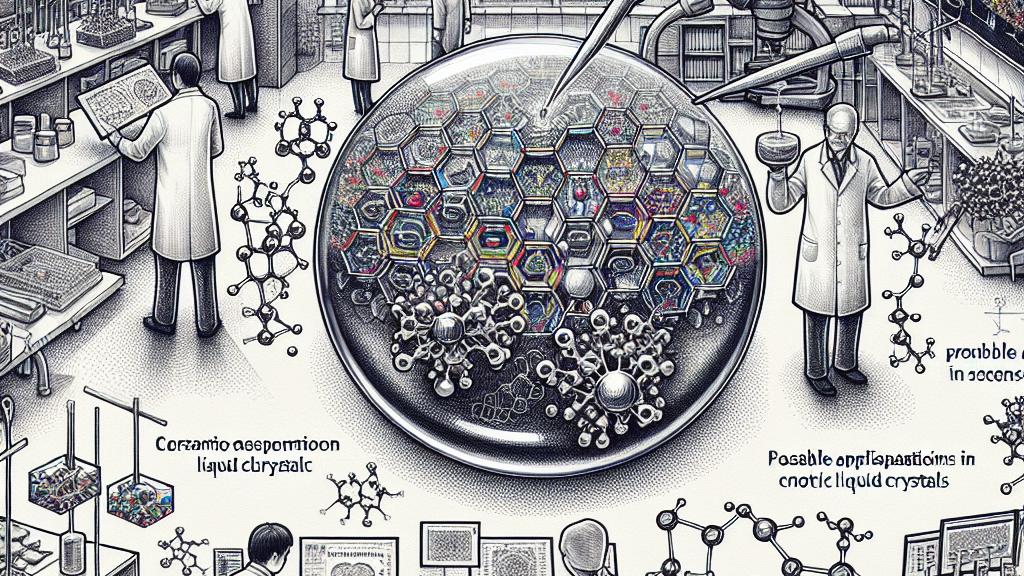Advancements in Lyotropic Chromonic Liquid Crystal Assembly Through Ion-Pairing Techniques
Overview
- Unravel the innovative role of ion-pairing in the formation of unique liquid crystals.
- Delve into how charge interactions enhance both structural integrity and optical properties.
- Explore transformative applications poised to change the landscape of technology and materials science.

Understanding Liquid Crystals: A Fascinating State of Matter
In the dynamic realm of materials science, researchers in Japan are making significant headway in studying lyotropic chromonic liquid crystals (LCLCs) at Ritsumeikan University. These materials represent a curious blend of liquid and solid properties, creating what scientists refer to as a 'mesophase.' When we talk about LCLCs, we emphasize their ability to adapt based on the concentration of their components in a solvent, leading to diverse and organized structures. For instance, their self-assembly capabilities are critical for stabilizing important biological molecules like nucleic acids. This fascinating behavior not only holds promise for applications in display technology and sensors but also highlights the urgent need for innovative approaches in material engineering.
The Transformative Ion-Pairing Technique: Revolutionizing Material Assembly
Under the leadership of the esteemed Professor Hiromitsu Maeda, the research team has unlocked a groundbreaking method of assembling LCLCs using ion-pairing techniques. By cleverly pairing a positively charged porphyrin complex with a negatively charged pentacyanocyclopentadienide (PCCp⁻) anion in water, they create extraordinary hexagonal structures. This method effectively utilizes the interplay of electrostatic and dispersion forces to achieve remarkable charge-by-charge arrangements, which can also be manipulated in the presence of magnetic fields. For instance, at high concentrations, the assembly forms highly ordered columnar structures—intricate arrangements that demonstrate the fine balance between order and chaos in these materials. This striking adaptability showcases just how minor adjustments in concentration can lead to entirely different optical characteristics and innovations in design.
Broadened Horizons: Future Applications and Impact on Technology
The implications of these transformative findings are extensive and multifaceted. The extraordinary versatility of LCLCs not only offers a pathway to revolutionizing display technologies but also paves the way for smart sensors and responsive materials. Imagine materials that dynamically adapt their optical properties in real time, reacting to light levels or magnetic fields! Such innovations could redefine consumer electronics and the interface between technology and users. Furthermore, the insights gained from understanding ion-pairing dynamics can inspire novel approaches in material synthesis, igniting advancements that elevate our interactions with technology. As we explore these new frontiers, the array of possibilities seems endless, inspiring us to pursue groundbreaking solutions that could significantly enhance our technological landscape.

Loading...